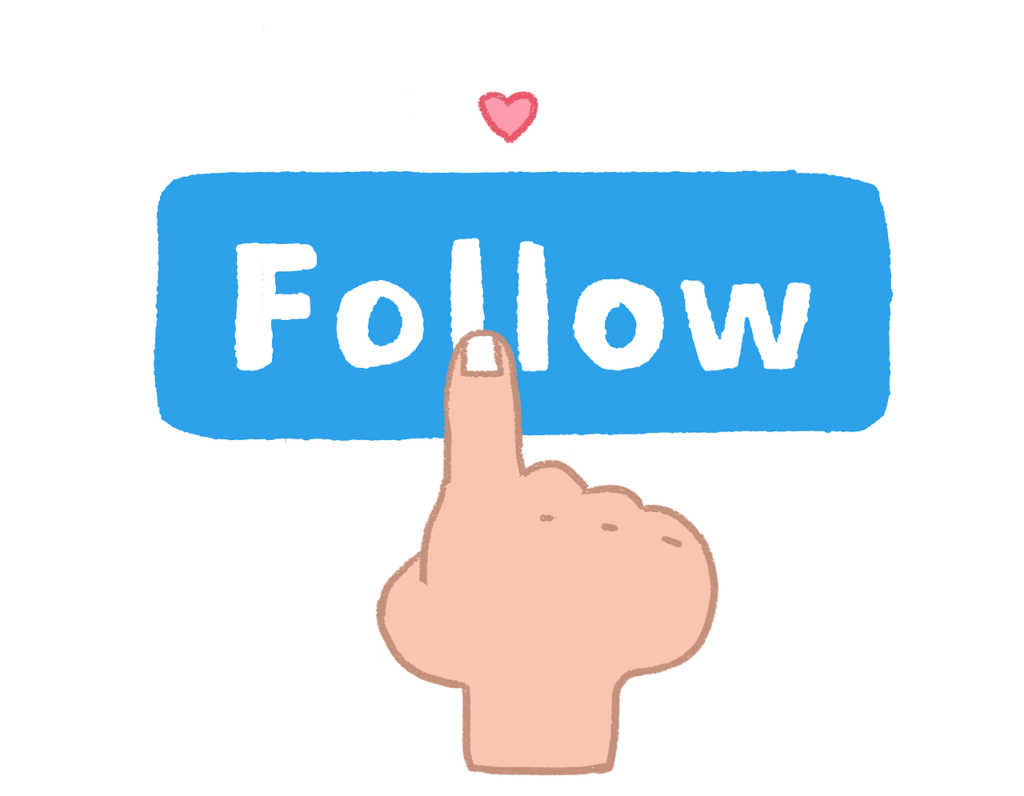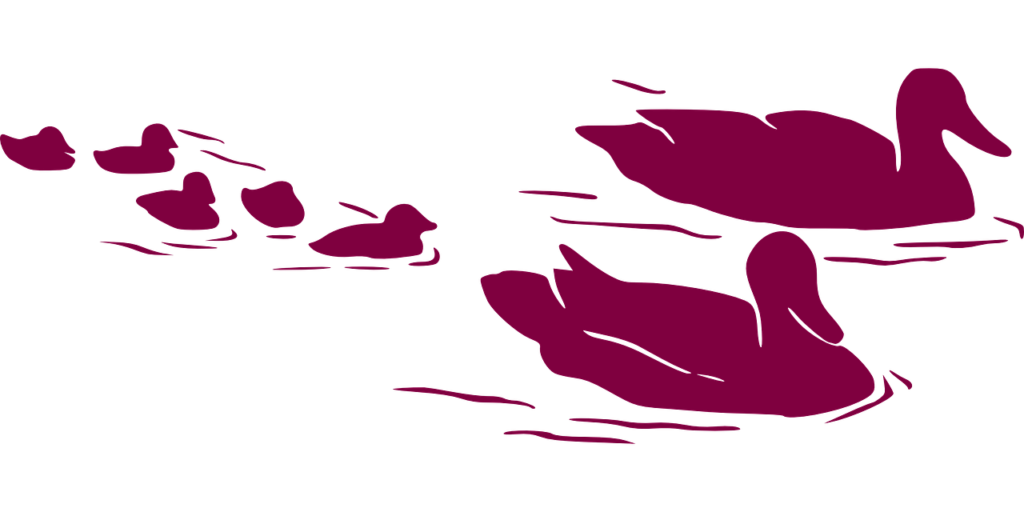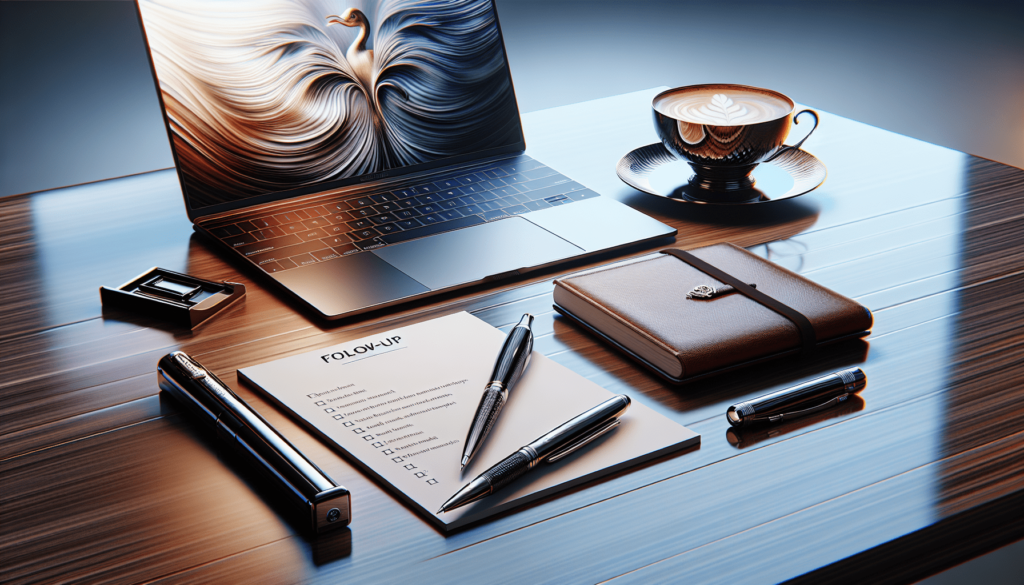Have you ever walked out of an interview and wondered what the next step should be? After putting in so much effort preparing and presenting yourself, it’s natural to want to follow up and make a lasting impression. Crafting an effective follow-up email after your interview can greatly influence the hiring decision. Here, you’ll discover essential tips and tricks tailored to ensure your follow-up is memorable.
Why is a Follow-Up Email Important?
After an interview, sending a follow-up email is crucial for several reasons. It shows your gratitude for the opportunity, reinforces your interest in the position, and keeps you on the interviewer’s radar. This small gesture can distinguish you from other candidates who may not think to reach out after their interview.
Demonstrates Professionalism
When you send a follow-up email, you signal your professionalism and commitment to the role. It’s a chance to show that you understand the importance of communication in the workplace.
Reinforces Your Interest
A follow-up email is also a way to reiterate your enthusiasm for the position. By expressing your eagerness, you remind the hiring manager of your qualifications and passion for the role.
Opportunity to Address Concerns
If there were any points during the interview where you feel you could have answered better, a follow-up email gives you the chance to clarify or expand on those topics.
When to Send Your Follow-Up Email
Timing can significantly impact the effectiveness of your follow-up email. Determining the right moment to send your message is essential.
The 24 to 48-Hour Rule
Aim to send your follow-up email within 24 to 48 hours after your interview. This timeframe ensures that you are still fresh in the interviewer’s mind while allowing enough time to reflect on your conversation.
Consider the Interview’s Flow
If the interviewer indicated they would be making a decision quickly, don’t hesitate to send your email sooner rather than later. However, if they mentioned a longer timeline, you can still adhere to the 24 to 48-hour rule.

Crafting the Perfect Subject Line
The subject line is the first thing the recipient sees, so making it impactful is vital.
Keep It Simple and Relevant
A straightforward subject line such as “Thank You for the Opportunity” or “Following Up on My Interview” clearly states the purpose of your email. This simplicity ensures your email will be opened and read.
Avoid Spammy Language
Stay away from flashy subject lines that could resemble promotional content, as these may lead your email directly to the spam folder.
Structuring Your Follow-Up Email
A well-structured email can enhance readability and increase the chances of leaving a lasting impression.
Start with a Polite Greeting
Use a friendly yet professional greeting that includes the interviewer’s name. For example, “Dear [Interviewer’s Name],”
Express Gratitude Early
In your first paragraph, take a moment to thank the interviewer for the opportunity to meet. Showing gratitude sets a positive tone for the rest of your email.
Example:
“I wanted to take a moment to thank you for the opportunity to interview for the [Position] role at [Company]. I truly enjoyed our conversation and learning more about the exciting projects your team is tackling.”
Personalize the Email
Reference something specific from the interview that you found interesting or valuable. This demonstrates that you were engaged and still remember your discussion.
Example:
“I particularly enjoyed discussing [specific topic] and how it relates to [relevant issue or project].”
Reiterate Your Interest
Clarify your enthusiasm for the position and how you see yourself fitting into the company culture and contributing to their goals. This is your chance to sell yourself again.
Example:
“After our conversation, I’m even more convinced that my skills in [specific skills] would be an excellent match for your team, especially regarding [specific project discussed].”
Address Any Concerns
If there were any moments during the interview you feel you could clarify, now is a good time. Reassure them about your qualifications or commitment to the role.
Conclude with an Offer to Provide Additional Information
Wrap up your email by letting them know you’re available to answer any further questions. This keeps the lines of communication open and shows your willingness to engage.
Example:
“Please don’t hesitate to reach out if you need any more information from my side.”
Don’t Forget a Professional Closing
End your email with a polite closing statement, followed by your name. Consider using something like “Best regards,” or “Sincerely,” to wrap it up nicely.

Sample Follow-Up Email Template
Here’s a simple template you can refer to when drafting your follow-up email:
Subject: Thank You for the Opportunity
Dear [Interviewer’s Name],
I wanted to take a moment to thank you for the opportunity to interview for the [Position] role at [Company]. I truly enjoyed our conversation and learning more about the exciting projects your team is tackling.
I particularly enjoyed discussing [specific topic] and how it relates to [relevant issue or project]. After our conversation, I’m even more convinced that my skills in [specific skills] would be an excellent match for your team, especially regarding [specific project discussed].
Please don’t hesitate to reach out if you need any more information from my side. Thank you again for the opportunity, and I look forward to the possibility of working together.
Best regards,
[Your Name]
Tips for Professional Tone and Language
Using the right tone and language in your follow-up email makes a significant difference.
Keep It Conversational Yet Professional
Your email should feel warm and genuine but must also maintain a level of professionalism. Avoid overly casual language or slang that may detract from your message.
Proofread for Clarity and Errors
Make sure to carefully proofread your email before hitting send. Grammatical errors or typos can undermine your professionalism and attention to detail.
Match the Interviewer’s Tone
If you notice that the interviewer used a more casual tone during your conversation, feel free to adjust your language to mirror that, keeping professionalism in check.

What to Avoid in Your Follow-Up Email
While sending a follow-up is beneficial, there are certain pitfalls to avoid that could harm your chances of getting the role.
Don’t Overdo It
Resist the urge to send multiple follow-up emails. Sending one well-structured message is much more effective than flooding their inbox with several messages.
Avoid Sounding Desperate
While you want to express enthusiasm, it’s important not to come across as desperate. Maintain a confident tone that reflects your professionalism.
Don’t Overcomplicate Your Message
Stick with the main points and keep your email concise. Avoid rambling or including unnecessary details that could confuse the reader.
Following Up a Second Time
If you haven’t heard back after your initial follow-up email, it may be appropriate to send a second follow-up.
Wait for One to Two Weeks
Give the hiring team time to make their decision. A duration of one to two weeks is generally acceptable before reaching out again.
Keep It Brief and Professional
Your second follow-up should be shorter and focused more on your continued interest in the position.
Example:
“I wanted to check in regarding my interview for the [Position] role. I remain very interested and wanted to see if there were any updates on the hiring process.”

Following Up on a Job Rejection
Receiving a rejection doesn’t always mean the end of your pursuit for a certain company or role. A thoughtful follow-up can keep the door open for future opportunities.
Express Gratitude Regardless of the Outcome
Thank the interviewer for their time, even if the outcome wasn’t what you hoped for. Expressing appreciation is vital in maintaining a positive relationship.
Request Feedback
Request feedback on your interview performance, if comfortable. This information can provide insights into what areas you could improve upon.
Example:
“I would appreciate any feedback regarding my interview, as I am always looking to improve.”
Reiterate Your Interest for Future Opportunities
Let them know you’d still be interested in future openings. A rejection now doesn’t mean a no forever, so keeping your name fresh in their minds can be advantageous.
Conclusion
Following up after your interview is a wonderful opportunity to reinforce your interest and professionalism. By expressing your gratitude and addressing any concerns while maintaining a friendly tone, you can leave a positive impression that resonates long after your conversation. Remember to personalize your message, keep it concise, and make your follow-up authentic. Taking these steps will not only enhance your chances of landing the job at hand but could also open doors to future possibilities.
It feels good to take proactive measures toward your career, doesn’t it? So go ahead, put these tips into action, and craft that wonderful follow-up email that helps you shine!
